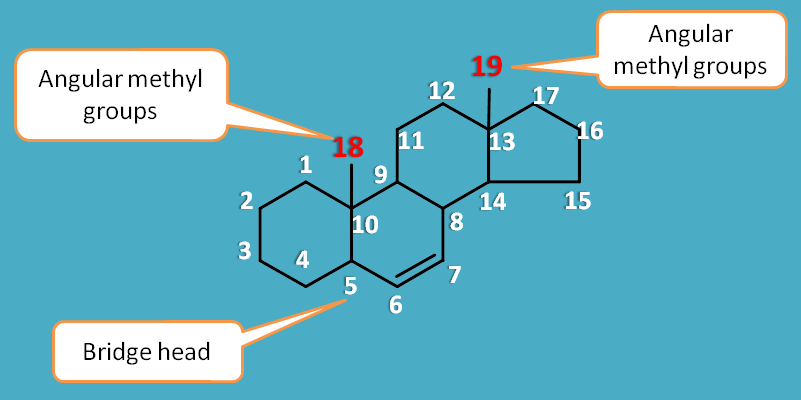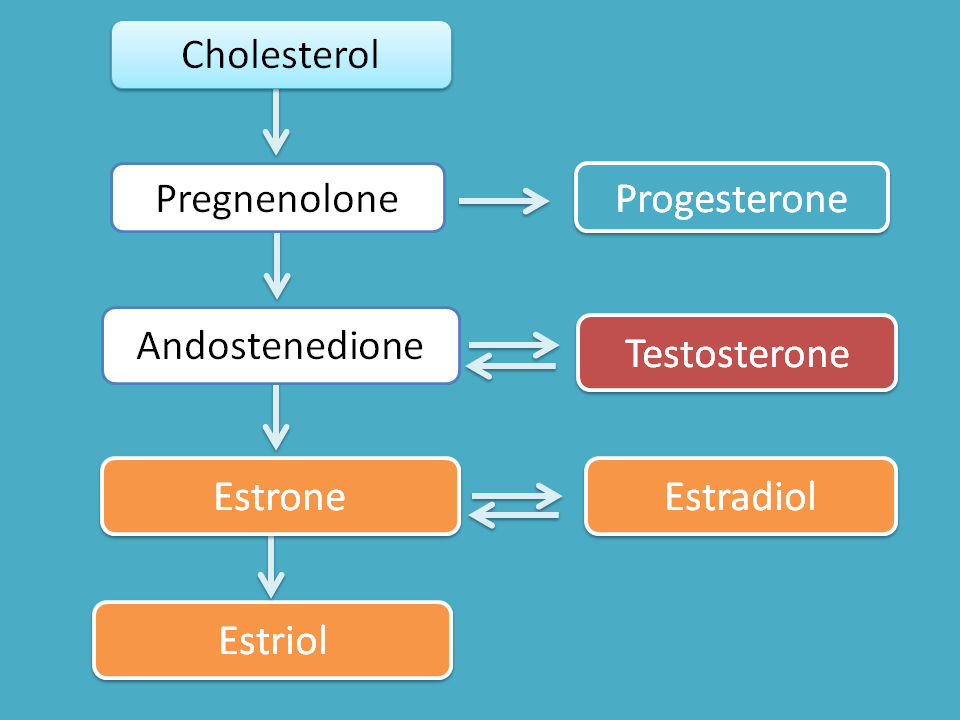Is cholesterol a protein?
by egpat Posted on 06-12-2017
What is cholesterol? Is it a protein named as LDL which is called as lipoprotein? It may be often confusing for many, as we use the term lipoprotein along with cholesterol.
Yes, there is no doubt in that LDL is a lipoprotein. It is abbreviated as Low Density Lipoprotein. But it is not the cholesterol instead it is a carrier for cholesterol.
LDL acts as a rich source of cholesterol in the blood which binds to the cholesterol and carries along the blood stream.
Cholesterol molecule
It’s fine, then what the cholesterol is.
Cholesterol is a lipid by nature and steroid by structure and alcohol by the presence of functional group. It is obtained from the basic steroidal ring cholestane.

If you observe, as common with other steroids, it has four rings indicated by A,B,C and D. The three rings A,B and C resemble phenanthrene nucleus which is the fused with a cyclopentane ring forming the ring D.

Numbering of the cholesterol follows the conventional numbering of steroids starting from the A ring.
In many of the fused ring systems bridge heads are not numbered but here interestingly they are also numbered.
So every carbon is counted here whether it is normal or fused.
Similarly another interesting fact is about angular methyl groups. The methyl group between ring C and D was given number 18 and that between ring A and B was given number 19.
If you observe it has no carbonyl group in its structure which is common with other steroids like glucocorticoids, estrogens and progestogens.
Instead it has aliphatic chain at 17th position and one hydroxyl group at 3rd position. That’s why it is called as sterol.
Since it has hydroxyl group at 3rd position it can form esters with free fatty acids. Most oftenly cholesterol is available as cholesteryl esters and both of these are uncharged hence termed as neutral lipids
Cholesterol function
Well, we have seen what cholesterol is and its structure, now let’s see its role in importance in the physiological system.
Interestingly, cholesterol is found only in animals but no in the plants. Even fungal cells express another lipid ergosterol which unique to their cells.
Cholesterol plays variety roles in our physiological system and let’s explore one by one.
Regulation of membrane fluidity
What is the nature of cell membrane?
No doubt, it is lipophilic made up of rich lipid layers of phospholipids.
If membrane is lipophilic how water and other polar molecules like glucose can cross through this membrane and enter into the cell?
Yes, here cholesterol shows its role.
As cholesterol has polar hydroxyl group it can form a head on the phospholipid bilayer which along with the other hydroxyl groups of phospholipids makes the outer membrane as polar.
Now phospholipid bilayer has two faces. Outer polar heads and inner lipid core providing a rgind environment still allowing small polar molecules.
Its’ a great architecture, isn’t it?
Okay, that is the only role of cholesterol in the membrane?
No, it has one more important function controlling the fluidity of the membrane.
Being a rigid molecule compared with fatty acids, it can control the disordered nature of fatty acids which normally increases fluidity.
So in a simple way, cholesterol acts as rigid locker for fatty acids which binds to them and controls their mobility finally controlling fluidity.
That’s why loss of cholesterol can increase the fluidity and disintegration of the membrane.
This is the same mechanism by which azole antifungal agents like ketoconoazole, clotriazole act on ergosterol. These drugs inhibit ergosterol synthesis I fungal membrane resulting in loss of rigidity and integrity of the membrane. This results in loss of important constituents of fungal cell resulting in cell death.
Membrane fluidity also influences few of the membrane functions such as water permeability and transfer of small hydrophobic molecules across the membrane.
In summary, cholesterol controls both fluidity of the membrane and transport of small molecules through the membrane.
Component of myelin sheath
Cholesterol is again one of the components in the myelin membrane along with phospholipids and other proteins. Here it also plays a key role in conduction of the signal through the myelin sheath.
Precursor for hormone synthesis
This is a big role of cholesterol.
Many of the steroids like glucocorticoids, mineralocorticoids, progestins, estrogens, and vitamin D3 are biosynthesized from cholesterol.
Cholesterol is initially converted into pregnenolone which acts as a common precursor for many of the steroids.

Pathological role
Till now we have seen how the cholesterol is useful in the body. But the same cholesterol levels if not controlled properly may lead to atherosclerosis.
Atherosclerosis is an abnormal narrowing of blood vessels due to formation of atheromatous plaque rich in lipids.
Here LDL cholesterol has a negative role as it is included in the plaque formation and forms oxidised foamy lipid core that occupies major portion in the plaque.
Interestingly, HDL cholesterol has quite opposite role in prevention of atheroma as the former prevents the availability of cholesterol for plaque formation.
Many of the lipid lowering drugs are available for atherosclerosis among which statins occupy central role.
Conclusion
In summary, cholesterol is not a protein but it is sterol that binds to lipoprotein for transport across the tissues. Cholesterol plays very important role in physiological system bringing membrane rigidity and steroid synthesis. It has another face being pathological role in the form of LDL cholesterol if it’s levels are not under control.